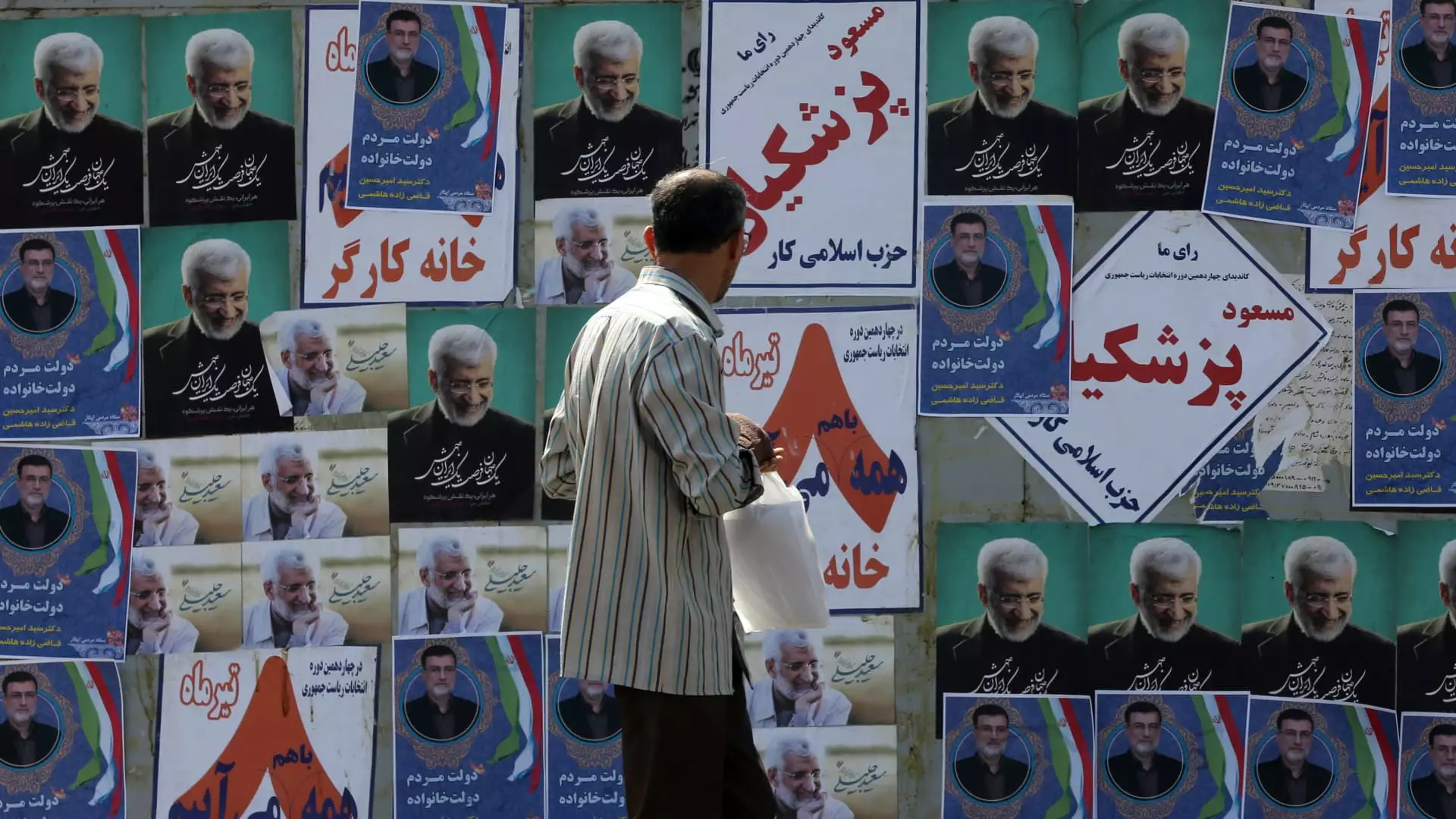The snap presidential elections in Iran have revealed a close race between a low-key moderate candidate, Massoud Pezeshkian, and a hardline contender, Saeed Jalili. More than 14 million votes have been counted, with Pezeshkian securing over 5.9 million votes and Jalili receiving over 5.5 million votes, according to provisional results by the interior ministry. The turnout was lower than expected at around 40%, signaling voter apathy over economic hardships and social restrictions.
With no candidate reaching the required 50% plus one vote, a run-off election between the top two contenders is likely to determine the next president. This election comes at a critical time of escalating regional tension due to conflicts in the Middle East and increased Western pressure on Iran’s nuclear program.
While the outcome of the election may not lead to significant policy shifts, it could influence the succession to Iran’s supreme leader, Ayatollah Ali Khamenei. The next president’s views on detente with the West, economic reform, social liberalization, and political pluralism differ between Pezeshkian and Jalili. Jalili’s victory would signal a more antagonistic approach in Iran’s foreign and domestic affairs.
Critics of the clerical establishment point to declining voter turnouts in recent years as a sign of eroding legitimacy. The system’s inability to address economic challenges, corruption, and social restrictions has led to disillusionment among the Iranian population. Calls for justice, fighting corruption, and socioeconomic reforms have resonated with certain segments of the electorate.
Pezeshkian represents the reformist faction within Iran, advocating for respect for the rule of law while addressing social issues such as women’s rights. His stance on the death of Mahsa Amini and the subsequent unrest highlights the ongoing struggle for human rights and political freedoms in the country. The reform-minded voters, who have been marginalized in recent years, may find a voice in Pezeshkian’s campaign.
The predominantly youthful population of Iran has shown resistance to political and social constraints, as seen in the use of social media campaigns like #ElectionCircus. Activists both within the country and abroad have called for a boycott of the election, questioning the legitimacy of the current regime. The challenge for candidates lies in engaging with this disenfranchised demographic.
As Iran navigates internal divisions and external pressures, the outcome of the presidential election has profound implications for the country’s future direction. The contrast between moderation and hardline views embodied by Pezeshkian and Jalili reflect the broader ideological struggles within Iranian politics. The need for economic stability, political reform, and social progress remains central to the aspirations of the Iranian people.


Leave a Reply